Inside Scoop: Anant Ambani and Radhika Merchant’s Grand Pre-wedding Festivities
- 16 Mar - 22 Mar, 2024
"I love painting and being surrounded by art,” said a 16-year-old student of Khatoon-e-Pakistan Government Girls School who stood beside the artworks created by her junior school mates, as her own artwork was all sold to the exhibition attendees. Hosted by the Faraar Gallery at The Second Floor (T2F), this one-of-a-kind art exhibition’s opening was a treat to watch, for the artworks were not by any of the established artists but by talented young girls – students from the SMB Fatima Jinnah Government Girls Campus and Khatoon-e-Pakistan Government Girls School, both managed with support by the Zindagi Trust.
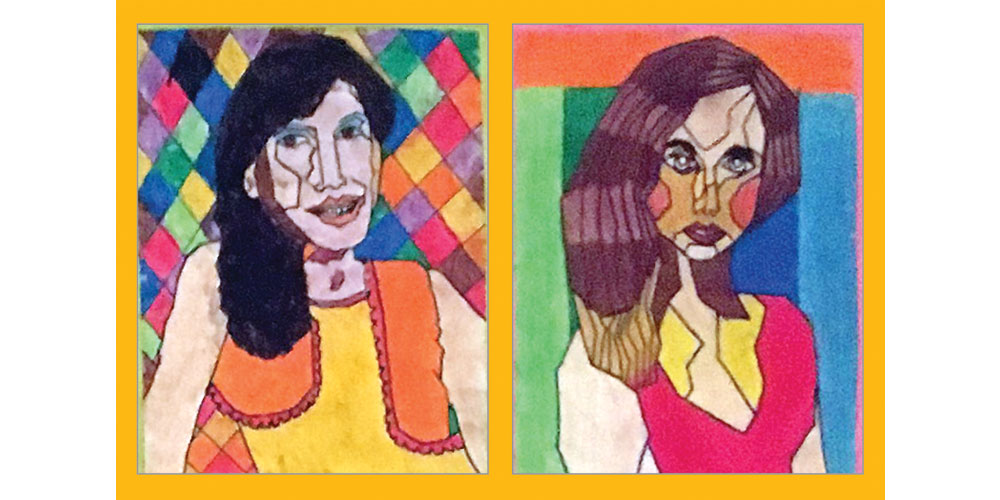
The non-profit organisation chose T2F’s Faraar Gallery to showcase the eclectic artworks of these brilliant young artists who used art to engage with the worlds outside their neighbourhoods and their time. The exhibition titled ‘Ta'aruf – An Introduction between Two Worlds’ kicked off with a panel discussion – Making Art Accessible – moderated by Aziz Sohail, featuring Anam Shakil Khan, Rumana Husain and Ambareen Raza Thompson.
The panel first discussed the importance of art in public spaces and how it can make an impact on citizens. Rumana Hussain, an art enthusiast, critic and writer spoke at length about the powerful statement art can make within public spaces. “Even the sari that I’m wearing right now is a piece of art,” she said and further talked about the lack of public spaces artists have when it comes to making their creations more accessible for people, in comparison to earlier times when art was easily accessible to public at the Karachi Arts Council. “A big cosmopolitan city like Karachi definitely needs an art museum if one wants to see all the celebrated artist of the past and their work, it isn’t possible because their works have either been bought by people or placed at public buildings.” Talking about the recently held Lahore Biennale and Karachi Biennale organised last year, Rumana said that it was a good tradition that will not only promote local artists but also provide them with global exposure.
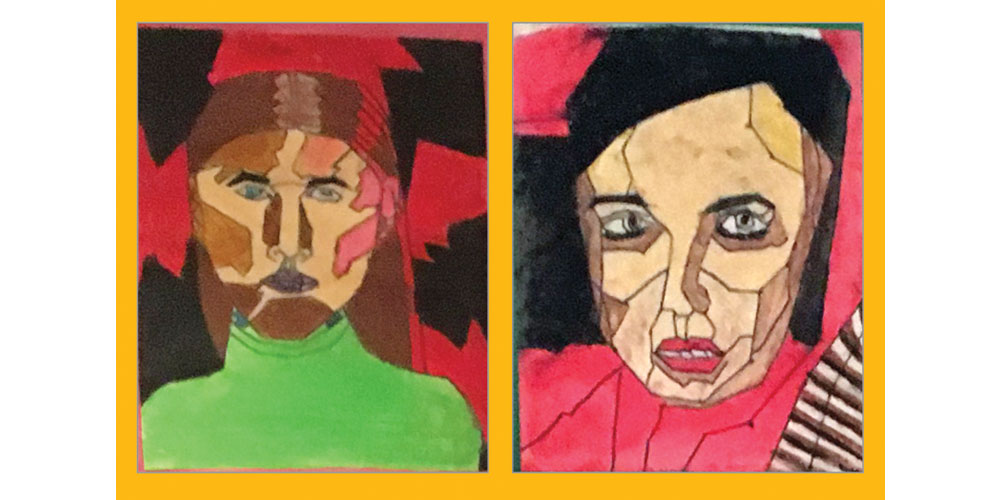
Street art is yet another realm where artists are now experimenting and the number of beautifully painted walls in the city of lights has tremendously increased with time, thanks to an initiative by I Am Karachi, an organisation encouraging Karachiites to reclaim public spaces through art. Ambareen Raza Thompson, the Executive Director of I Am Karachi, said, “You can change the destiny of things with art.” She spoke about the impact street art has made on the citizens, as the traders and shopkeepers at the MA Jinnah Road, Karachi thank all the artists who have painted some of its walls – ruined due to rampant vandalism in the past and regular wall chalking – with vivid artwork making their surroundings colourful and lively.
The panel also spoke about the bias towards Arts education and parents pressuring their children into Science and Commerce instead, only to stop them from becoming artists when they grow up, for according to the general perception an artist’s future is rather bleak in terms of financial and social security. Ayesha – a student of class nine at the Khatoon-e-Pakistan Government Girls School – shared how she has a penchant for arts and was supported by her father but her mother was initially reluctant to let her pursue it.
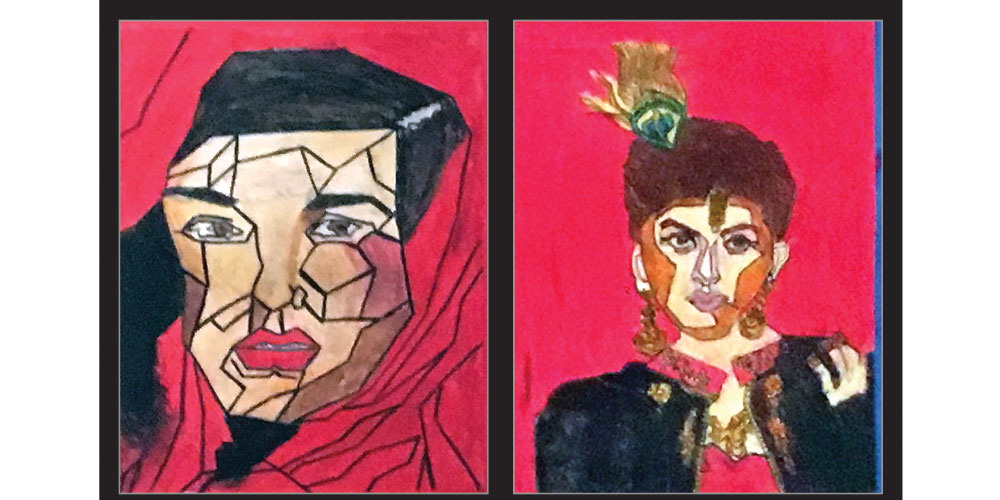
“My mother was very reluctant towards me choosing Arts. She felt that only those who cannot do anything end up choosing this field. But in the bid to convince her, I explained to her how Arts relay a strong connection with one’s life.”
“When we started art three years ago at Khatoon-e-Pakistan School, children felt depressed when they were selected in the Arts group instead of Science; now, they're actually excited about being Art students!” said Anam Shakil Khan, a fine artist, art educator and Head of art program at Zindagi Trust. She further added, “The biggest challenge while implementing the Arts program at our adopted government schools was to make students and parents understand that Arts is as much a subject as Maths and Science. Parents used to say 'How can our child fail at Arts, is this even possible?’”
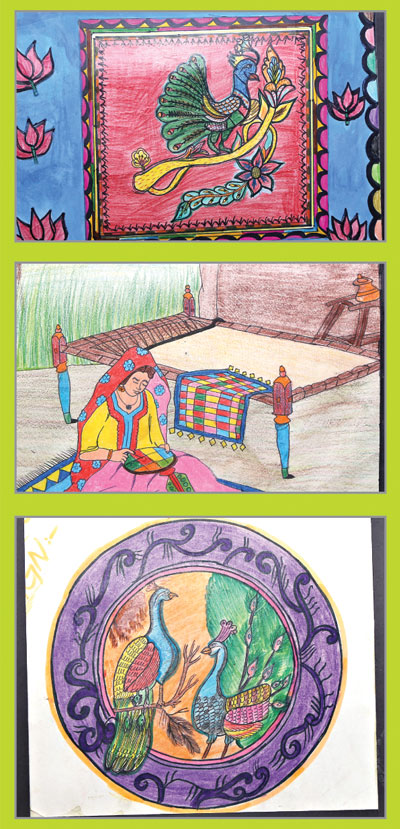
Rumana Hussain also stressed the need of Arts education in all schools. She complained that “there are government schools, as well as a few private schools too that did not include Arts education in a serious manner, apparently due to the narrow-mindedness of the society that wrongly infuses religion with Arts.”
After the end of the panel discussion, attendees observed the works of art pasted on the gallery’s walls. Students stood beside their pieces and gave observers an insight on what their work depicted. The visually appealing pieces were set up on the walls of the gallery making it look like a room full of colours splashing here and there. Paintings, drawings and compositions presented with the help of various techniques and mediums left attendees awestruck. The use of hues, collage and pencil colours felt eccentric to the eye.
”I love arts,” Suman Pooja, a student form the Khatoon-e-Pakistan Government Girls School said. Will she be pursuing the subject for further studies, I ask? “Of course, instead of choosing Science or Computer Science in the ninth standard, I chose to study Arts because I just love the subject. My family also supports me with the decision, as they know how passionate I am about it. They did not create any fuss about it and told me to do whatever I loved,” she responded with a beaming smile.
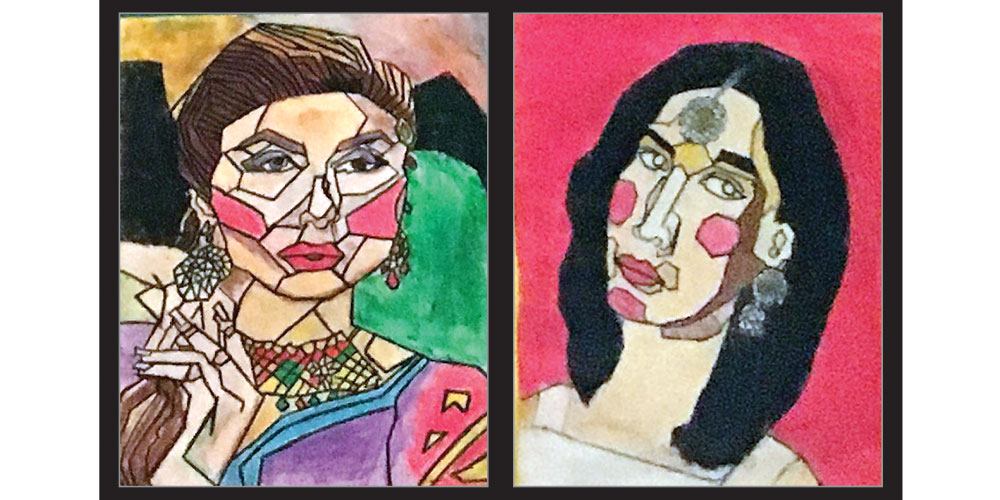
COMMENTS